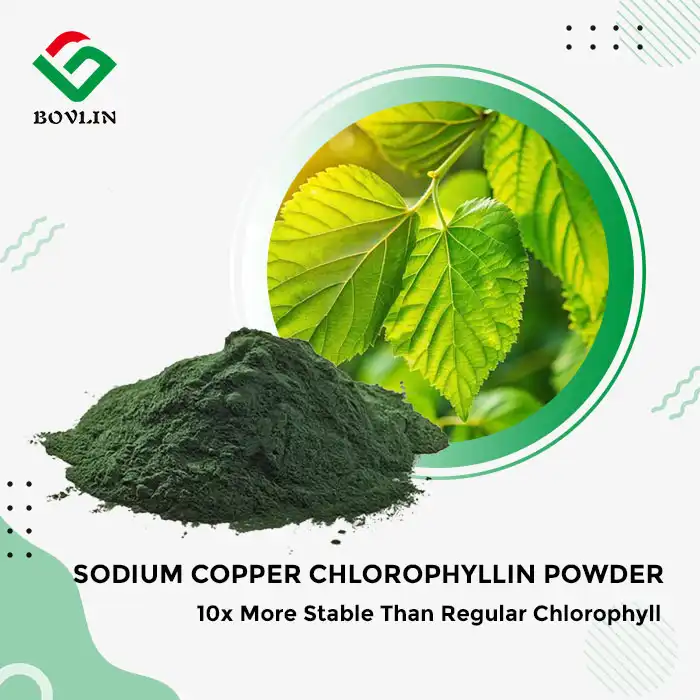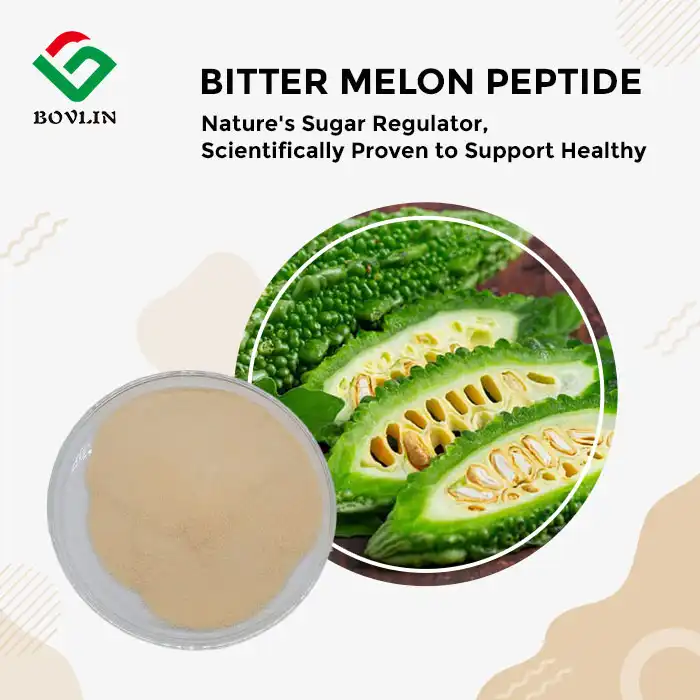The Difference Between Natural and Chemically Synthesized Curcumin Explained
When it comes to turmeric extract curcumin, understanding the distinction between naturally occurring and chemically synthesized forms is crucial for producers and endeavors seeking high-quality ingredients. Common curcumin, determined from turmeric roots, offers a complex profile of curcuminoids and other advantageous compounds. In differentiate, chemically synthesized curcumin is an unadulterated, disconnected compound made in research facility settings. This distinction impacts bioavailability, viability, and, in general, well-being benefits. Normal curcumin typically exhibits predominant absorption and a broader range of effects due to its synergistic components. Be that as it may, manufactured adaptations may offer higher performance and consistency in a few applications. This article investigates the key contrasts, making a difference businesses make educated choices when sourcing curcumin powder for their products.
What Distinguishes Natural Curcumin from Synthetic Derivatives? Origin and Extraction Methods
Natural curcumin is extracted from the rhizomes of Curcuma longa, commonly known as turmeric. This handle includes carefully confining the curcuminoids, essentially curcumin, from the plant fabric. The extraction ordinarily employments solvents or supercritical CO2, protecting the common adjust of compounds found in turmeric.
On the other hand, chemically synthesized curcumin is delivered in research facilities through a natural blend. This handle points to make unadulterated curcumin particles without the loss of plant compounds. Whereas this comes about in an exceedingly concentrated item, it needs the characteristic complexity of turmeric-derived curcumin.
Chemical Composition and Purity
Natural turmeric curcumin powder contains a range of curcuminoids, including curcumin, demethoxycurcumin, and bisdemethoxycurcumin. These compounds work synergistically, possibly improving the by and large helpful impacts. Also, characteristic extracts may contain small amounts of other useful substances like turmerones and polysaccharides.
Synthetic curcumin, being an immaculate compound, ordinarily consists of as it were curcumin particles. Whereas this guarantees a high level of virtue, it may need the complementary impacts of other normal turmeric components. The nonattendance of these extra compounds might affect the by and large viability in certain applications.
Structural Differences and Stability
The atomic structure of normal and manufactured curcumin can contrast marginally. Common curcumin may show varieties in its isomeric shapes, possibly influencing its stability and bioavailability. These unpretentious contrasts can affect how the compound interatomic with natural systems.
Synthetic curcumin frequently illustrates more noteworthy stability and consistency in structure. This can be invaluable in certain definitions where exact dosing and long rack life are basic. Be that as it may, this steadiness might come at the taken a toll of diminished organic activity compared to its common counterpart.
Variations in Bioactivity, Absorption, and Antioxidant Capacity
Bioavailability and Absorption Rates
One of the most noteworthy contrasts between characteristic and engineered curcumin lies in their bioavailability. Normal turmeric extract curcumin frequently illustrates prevalent retention rates due to the proximity of other plant compounds that enhance its uptake. For example, piperine, a compound found in dark pepper, is frequently actually display or included to turmeric extracts to boost curcumin absorption.
Synthetic curcumin, whereas unadulterated, may struggle with poor assimilation when utilized alone. To overcome this, producers frequently need to utilize progressed delivery systems or details to improve their bioavailability. This can incorporate nanoparticle innovation, liposomal encapsulation, or other inventive approaches to progress absorption.
Antioxidant and Anti-inflammatory Properties
Both common and manufactured pure curcumin powder display solid antioxidant and anti-inflammatory properties. In any case, the strength and instrument of activity can change. Characteristic curcumin, with its cluster of curcuminoids and other compounds, regularly illustrates a more comprehensive antioxidant profile. This synergistic impact can lead to upgraded free radical scavenging and anti-inflammatory activities.
Synthetic curcumin, being an immaculate compound, may appear more focused on and concentrated impacts. Whereas it can be powerful in particular applications, it might need the broad-spectrum benefits related to characteristic turmeric extracts. This contrast is especially pertinent for producers creating nutraceuticals or utilitarian nourishments focusing on by and large wellness.
Cellular Interaction and Metabolic Pathways
The way normal and manufactured curcumin interacts with cellular frameworks can differ altogether. Characteristic curcumin, with its complex composition, may lock in different metabolic pathways at the same time. This multi-target approach may be useful in tending to complex well-being issues or when creating comprehensive wellness products.
Synthetic curcumin regularly interatomic with particular cellular targets in a more centered way. This can be profitable in certain pharmaceutical applications where an exact component of activity is wanted. In any case, it may not give the same breadth of cellular intelligence as normal curcumin, possibly constraining its generally effect on wellbeing and wellness.
Choosing Economical and Compelling Sources for Wholesome Applications
Environmental and Ethical Considerations
When selecting between common and engineered curcumin for wholesome applications, maintainability plays a pivotal part. Common turmeric curcumin powder is derived from plant sources, which can bolster feasible horticulture practices. Choosing mindfully sourced, characteristic curcumin can contribute to biodiversity preservation and bolster nearby cultivating communities.
Synthetic curcumin generation, whereas not specifically affecting rural lands, may have other natural implications. The chemical forms included in the blend can have shifting biological impressions. Producers ought to assess the natural effect of production strategies when selecting for engineered curcumin.
Quality Control and Standardization
Ensuring steady quality is vital in wholesome applications. Characteristic curcumin extracts can shift in composition due to variables like soil conditions, climate, and gathering methods. This changeability requires thorough quality control measures to guarantee standardized curcumin substance and control over batches.
Synthetic curcumin offers more consistent composition and benefits. This can be profitable for producers requiring exact dosing and detailing. In any case, it's fundamental to confirm the quality and security of manufactured curcumin, particularly with respect to potential contaminants from the production process.
Application-Specific Efficacy
The choice between common and engineered curcumin ought to eventually be guided by the particular wholesome application. Normal curcumin may be best in whole-food supplements or items pointing to the synergistic impacts of turmeric's compounds. Its complex profile can offer broader wellbeing benefits, making it reasonable for common wellness products.
Synthetic curcumin might be more suitable for focusing on dietary details where a high concentration of pure curcumin is required. Its reliable composition can be beneficial in investigative settings or in creating specialized dietary items with particular health claims.
Conclusion
In conclusion, the choice between common and chemically synthesized curcumin depends on different components, including bioavailability, antioxidant capacity, and planned application. Normal turmeric extract curcumin offers a complex profile with potential synergistic benefits, whereas engineered curcumin gives tall immaculateness and consistency. Producers must consider these contrasts when selecting curcumin powder for their products. Eventually, the choice ought to align with particular item objectives, quality guidelines, and maintainability considerations to guarantee optimal performance and showcase success in healthy applications.

FAQs
What is the primary distinction between characteristic and manufactured curcumin?
Natural curcumin is extracted from turmeric and contains a range of curcuminoids, whereas engineered curcumin is a unadulterated, disconnected compound made in laboratories.
Which sort of curcumin is more bioavailable?
Natural curcumin regularly illustrates superior bioavailability due to the proximity of other compounds that enhance absorption.
Are there any maintainability contrasts between normal and engineered curcumin?
Yes, characteristic curcumin underpins sustainable farming, whereas manufactured generation may have distinctive natural considerations.
How do normal and engineered curcumin contrast in their antioxidant properties?
Natural curcumin frequently offers a broader antioxidant profile due to its complex composition, whereas manufactured curcumin focuses more on effects.
Which sort of curcumin is way better for wholesome applications?
The choice depends on the particular application. Common curcumin is frequently favored for common wellness items, whereas engineered curcumin may be reasonable for focused formulations.
Experience the Difference with Bolin Biotechnology's Premium Turmeric Extract Curcumin
At Bolin Biotechnology, we specialize in creating high-quality turmeric extract curcumin and immaculate curcumin powder for producers around the world. Our state-of-the-art offices and thorough quality control guarantee steady, strong items that meet the most elevated industry benchmarks. As a driving provider and producer in the field, we offer customized arrangements to meet your particular needs. Involvement is the contrast with our premium curcumin items. Contact us at sales1@bovlin.com to learn more about our offerings and how we can support your item improvement.

References
Prasad S, Aggarwal BB. Turmeric, the Golden Spice: From Traditional Medicine to Modern Medicine. In: Herbal Medicine: Biomolecular and Clinical Aspects. 2nd edition. CRC Press/Taylor & Francis; 2011.
Nelson KM, Dahlin JL, Bisson J, Graham J, Pauli GF, Walters MA. The Essential Medicinal Chemistry of Curcumin. Journal of Medicinal Chemistry. 2017;60(5):1620-1637.
Priyadarsini KI. The Chemistry of Curcumin: From Extraction to Therapeutic Agent. Molecules. 2014;19(12):20091-20112.
Hewlings SJ, Kalman DS. Curcumin: A Review of Its Effects on Human Health. Foods. 2017;6(10):92.
Jamwal R. Bioavailable curcumin formulations: A review of pharmacokinetic studies in healthy volunteers. Journal of Integrative Medicine. 2018;16(6):367-374.
Kunnumakkara AB, Bordoloi D, Padmavathi G, et al. Curcumin, the golden nutraceutical: multitargeting for multiple chronic diseases. British Journal of Pharmacology. 2017;174(11):1325-1348.











